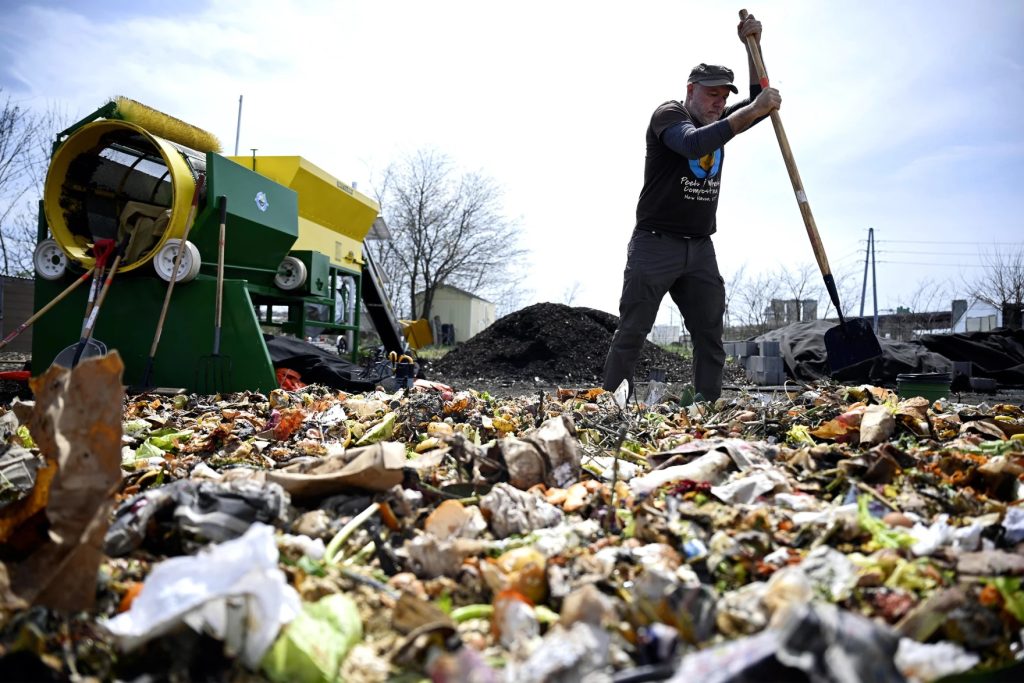
The State Bond Commission recently approved $10 million to help Connecticut municipalities further cut back on the amount of trash residents throw away.
The funding builds on 15 programs state officials piloted across the state three years ago to reduce one major component of Connecticut’s waste stream: food.
Katie Dykes, commissioner of the state Department of Energy and Environmental Protection, said the pilots were effective at reducing the amount of trash going to landfills and incinerators. Reducing food waste is also important for climate goals, with rotting food generating methane, a potent greenhouse gas.
Those scrap collections ranged from curbside collection, to drop-off spots. Next year, DEEP will accept proposals from municipalities for additional food waste diversion programs.
“Diversion can really help to reduce the amount of waste that we need to send to other states and communities and other states for, landfilling and disposal,” Dykes said. “But the challenges remain pretty significant.”
Connecticut’s trash crisis became a focal point for state lawmakers in recent years, following the 2022 closure of MIRA, a major trash-burning plant in Hartford which used to process about a third of the state’s garbage.
Dykes said that Connecticut ships 42%, or 900,000 tons, of its trash out of state now – a slight increase since the Hartford plant closed.
“It’s important that we are continuing to help lift up those municipalities and communities that want to take action and implement these proven mechanisms for diversion,” Dykes said.
Six municipalities running the pilot decided to turn them into permanent programs. Those include: Bethel, Guilford, Madison, Kent, Woodbury and Middletown. Dykes said in this next round of grants, they hope to get some larger cities in the mix, too.
This story was first published Nov. 4, 2024 by Connecticut Public.

